The summer of Brexit: Who controls what happens next?
Brexit’s aftermath is all about control—of the Conservative party, the Labour party, the economy, and Britain’s future
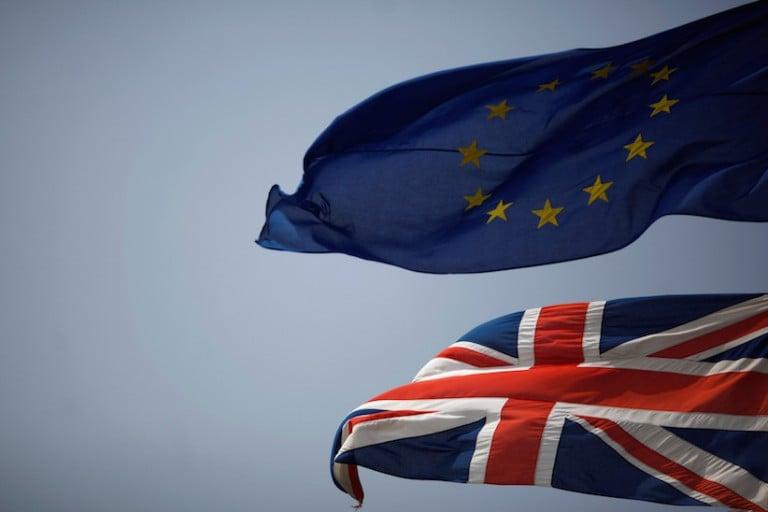
The Union Jack (bottom) and the European Union flag are seen flying, at the border of Gibraltar with Spain, in the British overseas territory of Gibraltar, historically claimed by Spain, June 27, 2016, after Britain voted to leave the European Union in the EU Brexit referendum. REUTERS/Jon Nazca
Share

Two days after Britons woke to the reality that 52 per cent of them had chosen by referendum for the United Kingdom to leave the European Union, Boris Johnson wrote a column for the Telegraph. “It is said that those who voted Leave were mainly driven by anxieties about immigration,” he wrote. “I do not believe so. After meeting thousands of people in the course of the campaign, I can tell you that the No. 1 issue was control.”
The control Johnson referred to directly that day was the power allowed by democracy for Britons to “kick out their rulers at elections, and to choose new ones.” Yet, in the weeks that have followed, the motivation that Johnson singled out on behalf of Leave voters has also become the defining characteristic of Brexit’s aftermath. The summer of Brexit has been a summer of control.
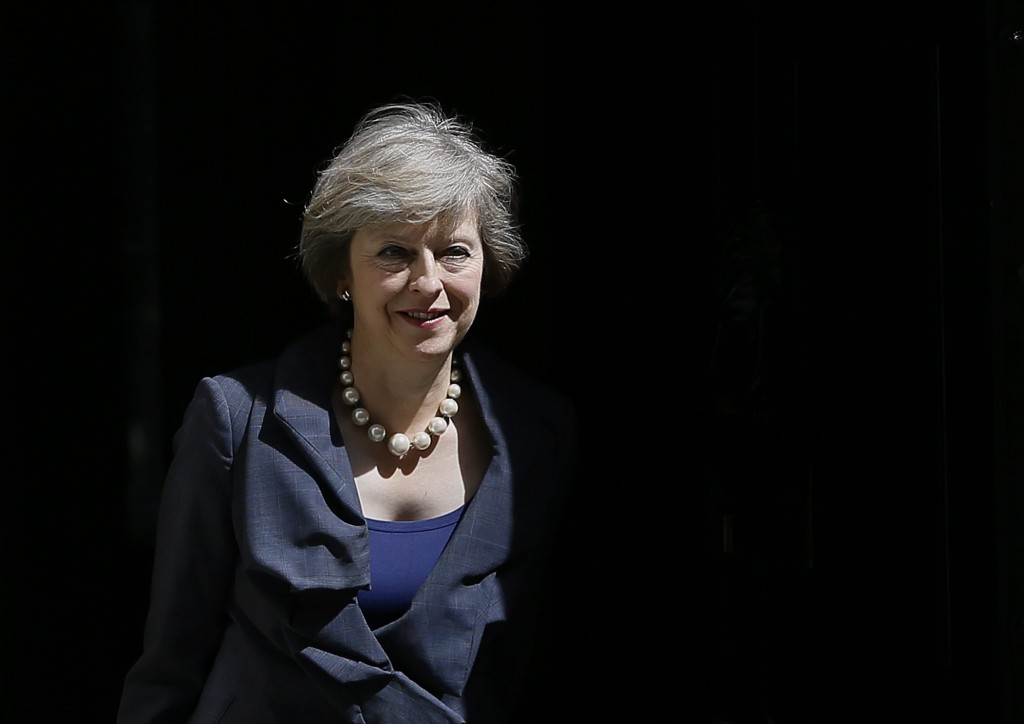
Who controls the Conservative Party?
For many observers, this was the darkly cynical question rotting away at the core of the Brexit debate–that the whole referendum was, in effect, all about which Oxbridge school chum got to run the club next. There is perhaps some truth to that. Among the reasons that former prime minister David Cameron initially pledged to deliver Britons an in-out referendum on EU membership was a perceived threat from the right flank of his party that they would abandon the Conservative brand for the more stridently anti-EU U.K. Independence Party. When Boris Johnson, a Conservative MP with a reputation for desiring the prime minister’s office (and Cameron’s Oxford peer) suddenly decided to back Leave, it was clear that only one man would stick around when the dust settled.
Though Cameron is now gone–humming a jaunty tune as he went–Johnson’s total victory is not yet complete. Cameron’s departure triggered a Conservative leadership contest. That race initially included Johnson, and it appeared to be one he could win. In a quick poll following the Brexit vote, Lord Ashcroft found that Johnson was favoured by the general public to lead the Conservatives. However, on June 30, only five days after the vote, Michael Gove, Johnson’s ally in the campaign to leave the EU, stepped into the race as well. As he did, Gove said that he had “come, reluctantly, to the conclusion that Boris cannot provide the leadership or build the team for the task ahead.” Johnson dropped out.
But, as it turned out, Johnson was merely stepping away to place an ace up his sleeve. For, as the field narrowed, it was Theresa May, not Gove, who became the most likely successor to Cameron. When she was finally crowned the victor in mid-July–thereby setting herself up to be Britain’s second female prime minister, and dispensing with Gove–she swiftly awarded the coveted post of foreign secretary to none other than Boris Johnson.
Who controls the Conservative Party? Prime Minister Theresa May–for now.
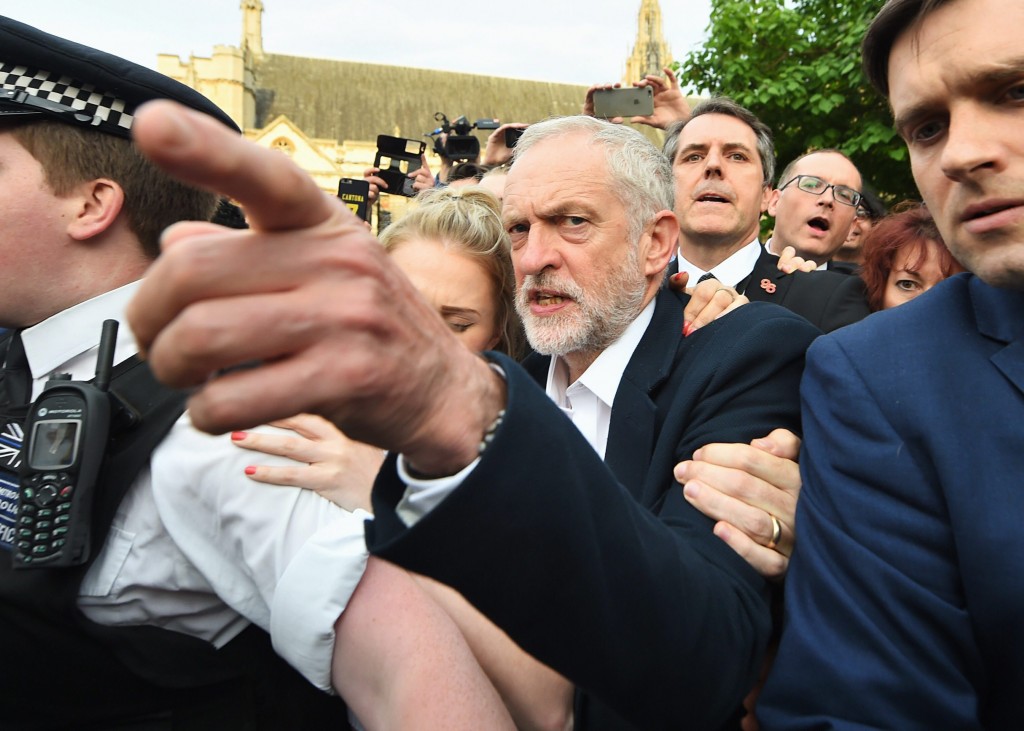
Who controls the Labour Party?
This is a much more difficult question to answer, and it is one the Labour Party has been asking itself for at least a year. In September 2015, following Labour’s disastrous showing in the general election, the party held a leadership contest. It might not have been out of the ordinary had it not been for changes the party made a year before. In 2014, Labour introduced a one-member-one-vote system for leadership contests, and allowed registered party supporters to eschew full membership and sign up to vote for only £3. In the eventual contest, a reported 84 per cent of those supporters backed Jeremy Corbyn, a long-standing leftist MP from Islington North, in London. His campaign captured the zeitgeist and he won the leadership race in a shock landslide, taking 59.5 per cent of the vote in the first round. His next closest opponent, Andy Burnham, managed only 19 per cent.
Yet, while the Labour supporter category has grown the party by hundreds of thousands, it has also caused it a violent existential struggle over where Labour’s power base now resides, and the party’s overall purpose. This internal debate was cast violently out into the open the moment the referendum results were announced.
The Labour Party’s official position was for the U.K. to remain in Europe. However, Corbyn was long known as a euroskeptic, having voted against joining the European Economic Community in 1975, voiced his opposition to the Maastricht Treaty in 1993, and voted against the Lisbon Treaty in 2008. Corbyn did publicly back the effort to Remain–if only to substantially change the EU from within–but as the votes were tallied on the night of June 23, it became clear that many traditionally Labour pockets of the U.K. had voted to Leave.
In the days that followed, Politico reported that during the campaign, Corbyn “wanted nothing to do with” David Cameron, and refused to share a stage with him to promote the Remain side. Reportedly, former Labour prime minister Gordon Brown was “sent to plead with Corbyn to change his mind. Corbyn wouldn’t.” The issue for Corbyn was ideological. Cameron, he said, “wants a free market Europe… I want to see a Europe that is about protecting our environment and ensuring we have sustainable industries across Europe… and high levels of jobs and social protections across Europe.”
In the days that followed the Brexit result, the parliamentary wing of the Labour Party pounced. The shadow foreign secretary, Hilary Benn, reportedly started calling other Labour MPs on June 25 in an attempt to force Corbyn to stand down as leader. After a confrontational phone call early the next morning, Benn was dismissed from his position. The move triggered an exodus. Forty shadow ministers would eventually be fired or resign their positions in the following days. Among them were Owen Smith and Angela Eagle.
On June 27, Corbyn held a meeting with the Parliamentary Labour Party during which, according to Buzzfeed, MPs “lined up to tell the leader to his face that he should quit.” They held a confidence vote the next day. Corbyn lost it by a huge margin: 172 MPs voted that they had no confidence in him as leader; only 40 voted that they did. The result did not automatically trigger Corbyn’s departure, and as the Guardian reported, “Corbyn responded by issuing a warning that he had the support of Labour members, and that he was going nowhere.”
And so the Labour Party followed its political rival into a leadership contest–its second in under a year.
While the race was initially between three, Angela Eagle dropped out early, leaving Owen Smith to take on Corbyn. The contest, while not officially over (the result will be announced Sept. 24), appears to not have been worth Smith’s time. Early polling shows Corbyn poised to win yet again, only this time with an even larger percentage of Labourites backing him–and once more, he stands to gain most from the “supporter” class.
Seemingly against all odds, Jeremy Corbyn still has control of the Labour Party. Much to J.K. Rowling’s chagrin.
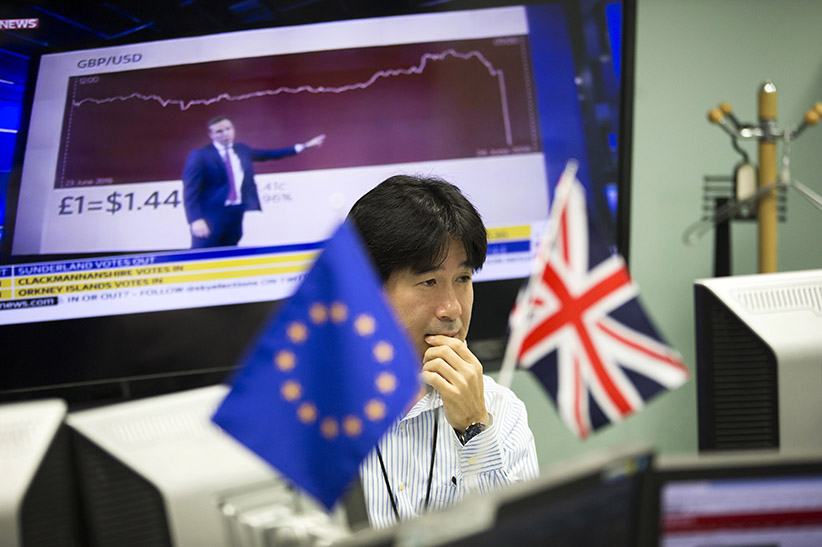
Who controls the economy?
Boris Johnson may have believed that Britons who voted to leave the EU were not mainly motivated by immigration concerns, but polling suggests that this was the single biggest reason for at least a third of them. Wrapped together with concerns about immigration was a worry that many newcomers to the U.K., who are usually willing to work for less money, were taking good jobs away from Britons–a false belief that was encouraged by a hyperbolic press. The logic from the Leave side was that, if Britain were out of the EU’s free movement zone and had the ability to exert stricter controls on the border, jobs would return and the economy would flourish.
Countering that on the Remain side were repeated warnings of economic collapse in the event of a Brexit. The warnings were so stark, Remain’s campaign was successfully dubbed “project fear” by its opponents. In the early days following the vote to leave the EU, however, that rhetoric appeared either to be correct or at least self-fulfilling: the pound dropped to its lowest rate since 1985; Moody’s switched its long-term assessment of the U.K.’s debt from stable to negative; and some estimates figured that the vote wiped as much as $2 trillion (USD) off worldwide markets.
The summer weeks that have followed have seen neither side’s argument wholly validated. While infrastructure spending has dropped sharply, GDP is expected to fall, and the pound has continued to plummet (now nearly at par with the euro), there have also been positive signs. In July, the number of people applying for employment insurance actually fell, retail sales rose by 1.4 per cent, and manufacturing hit a 10-month high. “It is obvious that the sky has not fallen in as a result of the referendum, and those who said it would look a bit silly,” the Guardian’s economics editor wrote in late August.
But, of course, there is a caveat to all the good news: Brexit hasn’t actually happened yet.
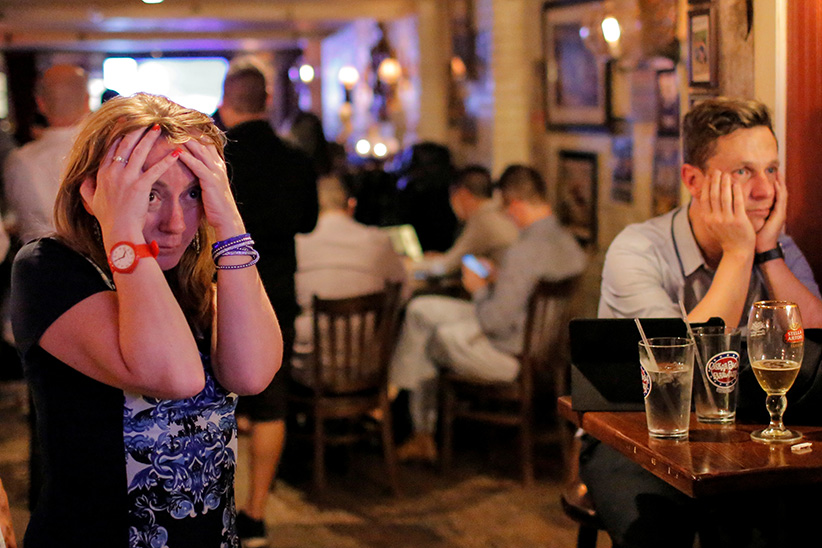
Who controls the future?
There are two popular ideas about what a Brexit might actually look like.
One is that Britain could enter into a Norwegian-style pact with the EU, where Britain would become a member of the European Economic Area. In theory, this would allow the U.K. to access the EU single market without the imposition of tariffs on most goods. But EEA members still have to abide by the EU’s freedom of movement–that is, it does nothing to “solve” the alleged problem the Leave side campaigned on so stridently: immigration (something May has promised will be “at the heart” of any Brexit deal). Whatever “control” Britons want for their borders can’t be achieved this way. As it happens, such a move might also be blocked–by Norway.
The model favoured by Boris Johnson (and, supposedly, the new cabinet), on the other hand, is CETA, the free trade agreement between the EU and Canada. In that scenario, the U.K. would strike a number of deals on specific goods. But CETA negotiations took nearly a decade, and were undertaken by hundreds of negotiators. The advantage, however, for the pro-Brexit camp, is that it would allow Britain to fully separate from the EU, thereby technically ending its commitment to the free movement of people. All the same, as the Guardian notes, “those rights would probably end up becoming a key plank of trade negotiations, with issues such as EU citizens’ access to benefits, health care and the right to move to the U.K. to work all up for discussion.”
In any case, the process will be complicated and require a lot of negotiating. Which is a problem. As the New York Times put it this week: “British officials currently have neither the expertise nor the staff for the tortuous exit negotiations, which are likely to last at least three years and possibly much longer […] Because Britain’s trade deals are currently negotiated by European Union officials, the British government is chronically short on expertise and has had to call in expensive external consultants while starting to recruit its own specialists.”
Central to the Leave campaign’s argument in the lead-up to the referendum was the idea, as Boris Johnson alluded to in his Telegraph column, that the experts warning of potential economic calamity were all fools and the vote presented an opportunity for Britain to finally cast off the shackles of an imposing and distant cabal of Euro bureaucrats and once again run things on its own.
Plus ça change. The ultimate irony is that now, in order for Brexit to actually happen, the one thing the U.K. needs most of all is bureaucrats and experts in control.